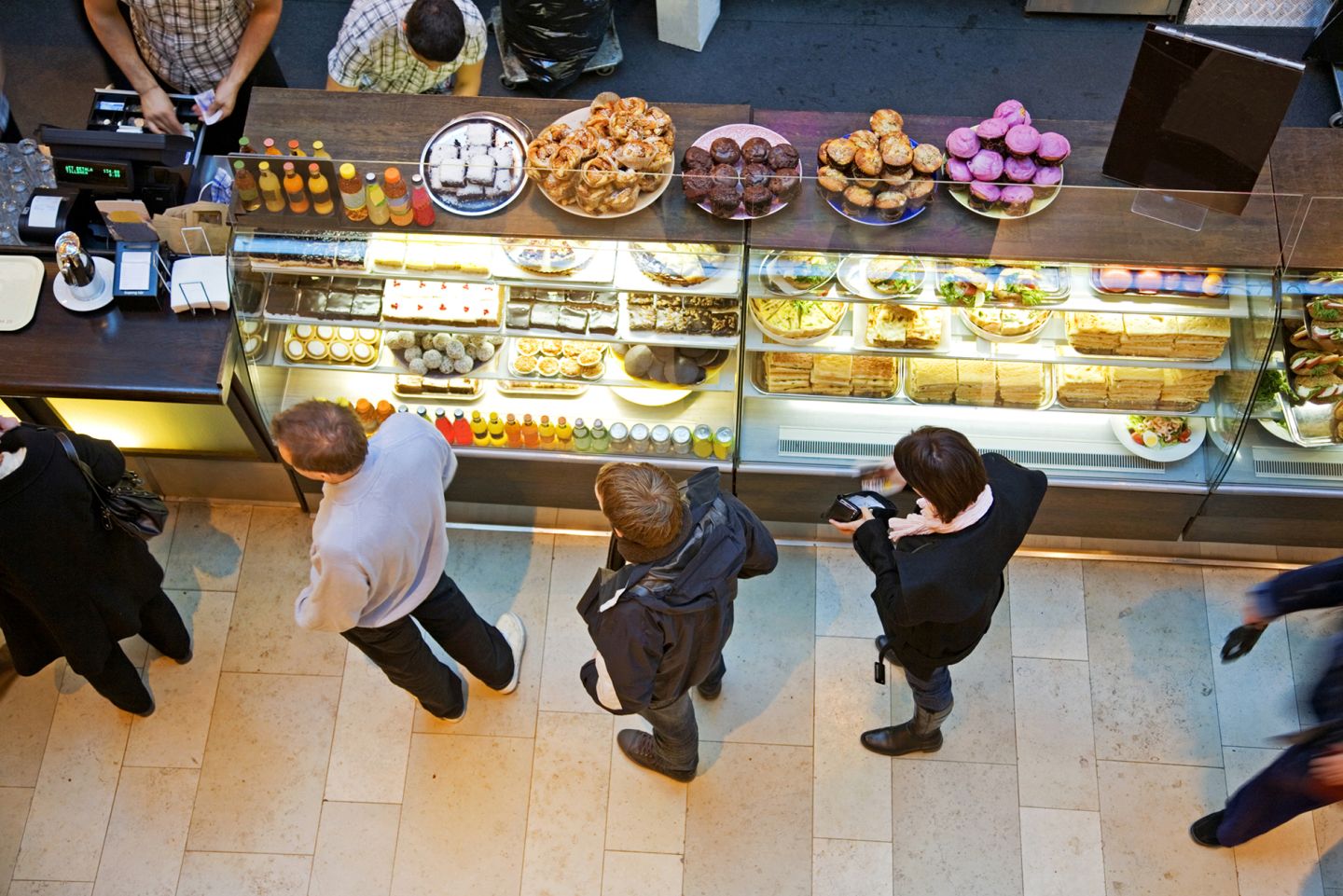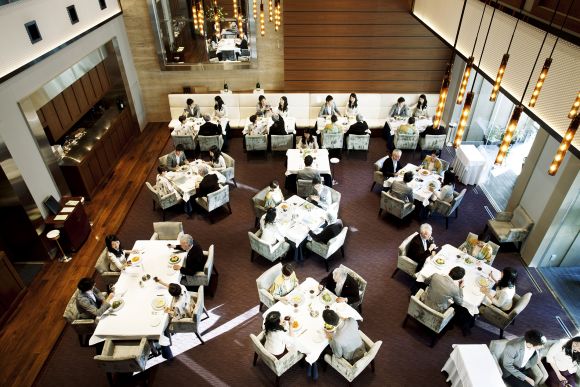The casual dining segment is continuing to lose market share. This is in part due to customers trading down to fast casual and quick service concepts or deciding not to venture out of their comfort zone to try new restaurants.
Casual dining operators are left searching high and low for ways to improve profit margins, but where do you start?
New approaches to an old problem
Casual dining chains have been modifying store concepts, focusing on different dayparts, improving promotions and utilizing new marketing strategies to win back market share and take on the competition.
Food truck marketing programs, social media and an eating-as-entertainment mentality are all among the various tactics restaurants are employing to engage with both loyal customers and potential new customers.
Loyal customers are an essential segment for casual dining restaurants, especially as they continue to stick to their routines.
Although repeat customers usually only make up about 15% of a restaurant’s customer base, they typically provide at least 1/3 of the revenue – and researchers at Harvard have found that if repeat visits increase by 5%, profits will also increase anywhere from 25-125%.
In order to boost the frequency of visits by regular customers, simultaneously grow their customer base and effectively utilize various marketing strategies, restaurant operators must know who their customers are, where they are and where more of them can be found.
Getting to know your customers with customer analytics
The best way for casual dining operators to discover who their customers are is through enriched customer data that goes beyond loyalty program data, email lists and transaction records.
Customer analytic solutions allow restaurant operators to:
- Understand who their best customers are and how far these customers are willing to drive or walk to dine at their establishment
- Utilize predictive models for targeted expansion by pinpointing trade areas with significant clusters of core customers by both workforce and residential segmentations
- Make marketing more efficient and effective with targeted and tailored messages that make stronger appeals to their audience
Once a customer profile is developed, it’s possible to:
- Maximize the turnout for grand openings, store renovations and other major initiatives
- Develop marketing campaigns that hit the right customers with the right messages in terms of dayparts, price points and regional preferences
- Identify and target untapped customers in both existing markets and new markets
- Track customer lifetime value and measure that value against ultimate customer value potential
This sharper perspective of core customer segments can be used not only for targeted marketing and site location, but also to guide everything from menu offerings, promotions, restaurant designs and other elements of the overall brand concept.
Don’t let a lack of customer data limit your analytic solutions
Many restaurant operators face the challenge of acquiring good customer data, and some don’t have data at all. Buxton’s alliance with credit card and mobile data providers eliminates these potential roadblocks and takes you beyond loyalty surveys so you get a clear picture of who your guests are and where they live – giving you a rock solid foundation for your growth strategies.


